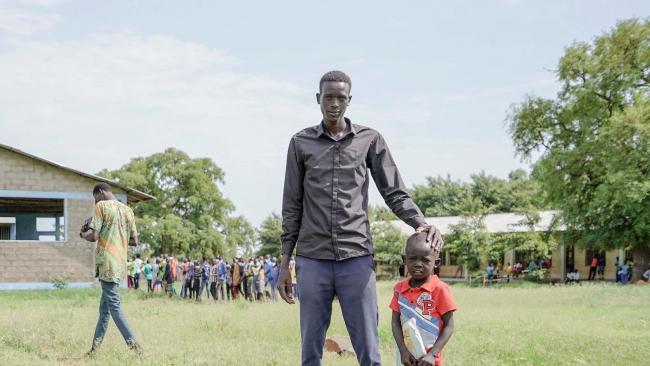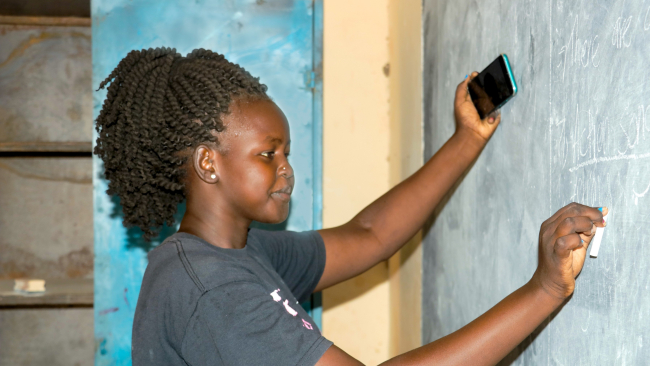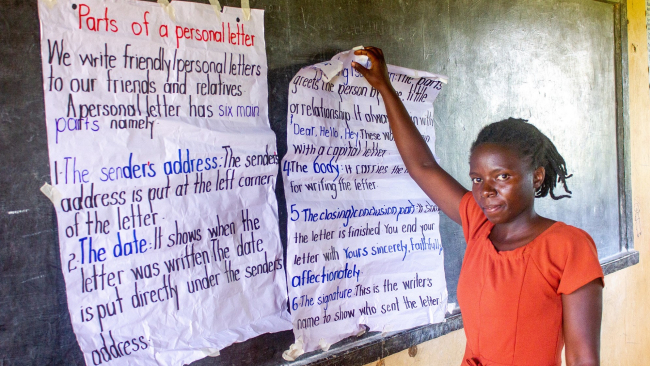Worldwide, one in six school-age children are affected when a country experiences conflict and protracted crises such as war, disasters, and public 121 million out-of-school children live in fragile or conflict-affected situations (GPE, 2016). Natural and human-made disasters can have a devastating effect on education systems, destroying or damaging essential infrastructure, interrupting the school year, and jeopardizing past education gains and investments. To cite a few examples: in Burkina Faso, the September 2009 floods affected 38,000 students and damaged 405 schools. In South Sudan, the resurgence of violence in 2013 closed more than 1,000 schools, while some 90 schools were occupied by armed forces and internally displaced persons (IDPs) (Lotyam and Arden, 2015). In northern Uganda, during two decades of civil war, 60,000 children were abducted, many becoming child soldiers; half of primary school students dropped out of school, and 90 per cent of schools were damaged or destroyed. More recently, disasters and inter-ethnic violence in the country have resulted in closed or destroyed schools, and even cost learners their lives (Knutzen and Smith, 2012).
Année
2017
Pages
8 p.
Type de ressource





